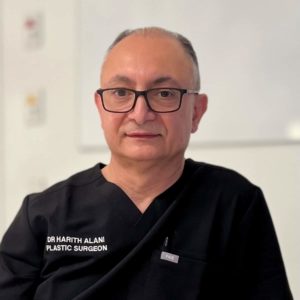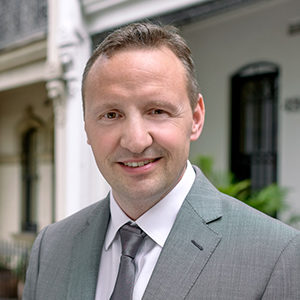Surgery for Dupuytrens Disease or Contracture in Sydney
- Lumps in the palm?
- Suffering due to fibrous cords pulling the finger toward the palm?
- Do your fingers feel frozen?
Dupuytrens disease is an abnormal thickening of the tissue beneath the skin. Sydney Specialist Plastic Surgeons Dr Varun Harish and Dr Hari Alani offer surgical and non-surgical treatment for Dupuytren’s disease in order to reduce pain, improve finger position and hand function.
They perform a range of Hand Surgery in locations across Sydney, Southwest Sydney and Southern Highlands. The main Pure Visage Plastic Surgery Clinic is located in Gregory Hills.
What is Dupuytrens Disease?
Fascia or Tissue beneath your skin can thicken in the palm and can extend into your fingers. If firm cords and lumps develop which cause the fingers to bend into the palm, it’s known as Dupuytren’s contraction.
Sometimes, this disease will cause thickening on top of the finger knuckles, nodules, or cords within the soles of the feet.
What causes Dupuytrens Contracture?
Precisely what causes this disease is unknown. However, it is associated with biochemical factors within the involved fascia. Men over 40 are more likely to suffer this problem as are people of northern European descent. And as yet, there is no proven evidence that hand injuries or occupational exposures lead to a higher risk of developing Dupuytren’s disease.
What are the symptoms of Dupuytrens?
The symptoms of this disease include lumps and pits within the palm. These lumps are usually firm and adhere to the skin. Thick cords may develop which resemble tendons; however these cords lie between the skin and the tendons. The cords cause bending or contractures for the fingers.
For some people, this disease can affect both hands, although the severity in each hand may vary.
How can Dupuytren’s disease be treated?
The treatment for Dupuytren’s disease depends on the severity of your case. For mild cases of the disease, typically only observation is required. In severe cases, there are a number of options available such as needles or open surgery.
During your consultation, Dr Kernohan will discuss with you the most appropriate treatment based on the stage and pattern of the disease, as well as which joints are involved.
It is important to keep in mind that the goal of treatment is to improve finger position and hand function. However, even after treatment, the disease can reoccur. During your consultation, we will discuss realistic goals, as well as possible risks and results.
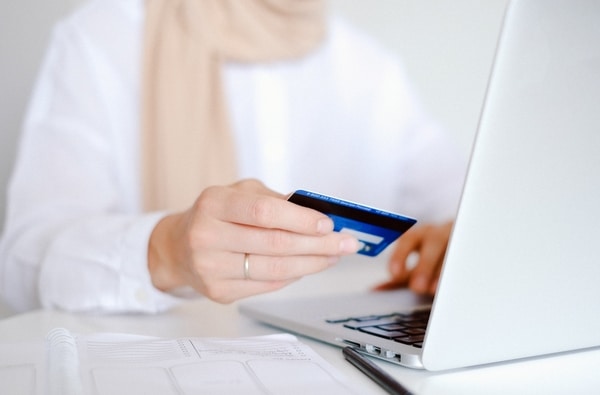
How much is a Dupuytrens Surgery in Sydney? – Surgery Costs & fees
At your initial consultation, you will be given a detailed quote for the procedure. This will include a Surgeon’s fee, Anaesthetist fee and hospital fees.
The Pure Visage team will provide you a customised quote for your surgery depending on the type of procedure, hospital or theatre fees and how long you want to stay in the hospital. An approximate fee range for your Dupuytren’s surgery can be provided over the phone when you speak to a Patient Care Advisor. We also provide information on different methods of payment including medical finance.
Find out more about Dupuytren’s Surgery Prices and Consultation Fees.
Please phone the clinic on 1300 39 38 99 for an estimate of Dupuytren’s surgery prices.
Risks and Complications of Dupuytren’s Disease Surgery
Every surgery has some risks and possible complications. Dr Kernohan will cover the potential risks and complications during your consultation as part of your informed consent. He will also explain the measures he will take in order to reduce your risks as much as possible.
For more information about risks of surgery and possible complications.
Things you can do to minimise your risks and complications of surgery:
- Read all your surgical documents and follow instructions of your surgeon precisely – rest & allow time to heal, wear your compression garments as instructed, avoid removing your own bandages or touching at the incision site until it has healed properly.
- Do NOT Smoke at all during the surgical journey – especially critical in the periods before and after surgery
- Be accurate and upfront about ALL your medications, supplements and vitamins that you are currently taking – Tell both Dr Kernohan and your anaesthetist
- When providing your medical history give specific details about ANY past difficulties you have had with surgery, anaesthesia, hospital visits or healing
- Thorough pre-washing of your own body prior to surgery can reduce skin bacteria and risk of infection.
- Successful surgical outcomes are the result of a number of considerations – realistic surgical goals, realistic patient expectations, and a good knowledge and understanding of possible risks and complications.
Further Reading – Medical References about Dupuytrens
- MayoClinic- Dupuytren’s contracture
- Journal of Hand Surgery (European Volume)- Recovery, responsiveness and interpretability of patient-reported outcome measures after surgery for Dupuytren’s disease
- Michigan medicine- Dupuytren’s Disease: Should I Have Hand Surgery?
- WebMD- Treatment Options for Dupuytren’s Contracture
- Orthopedic Surgery- Surgery for Dupuytren Contracture
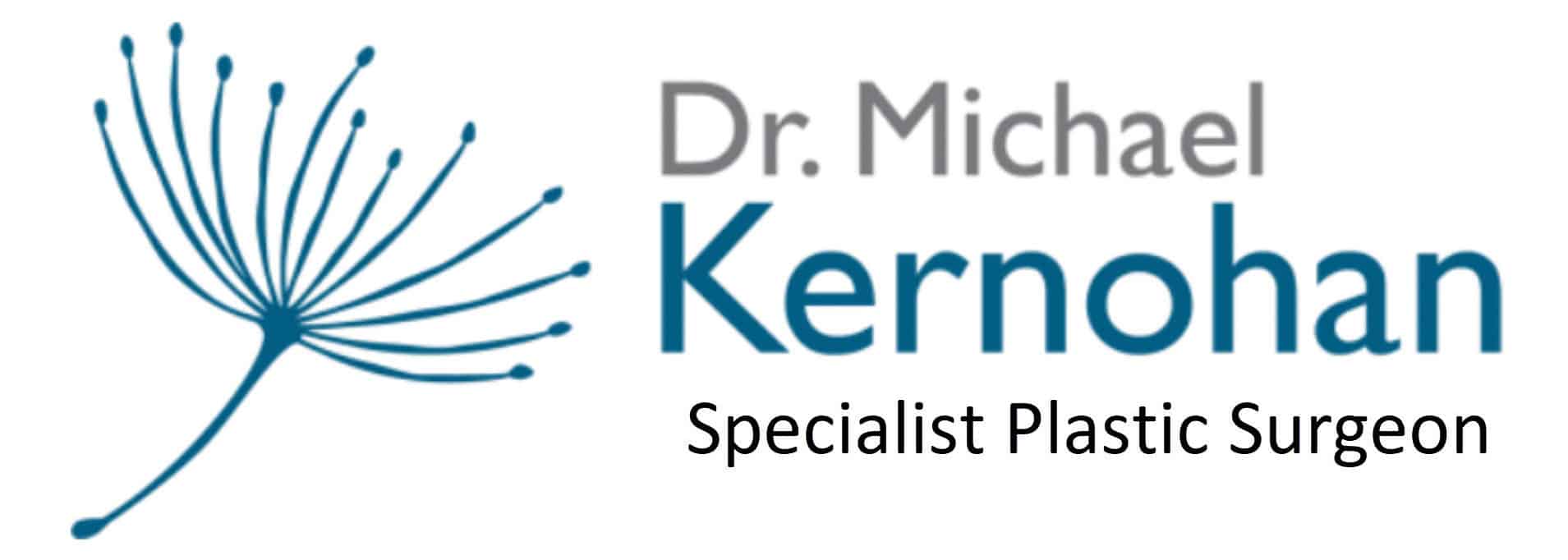

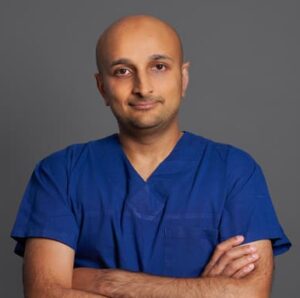 Dr Varun Harish FRACS (Plas) – Plastic Surgeon
Dr Varun Harish FRACS (Plas) – Plastic Surgeon